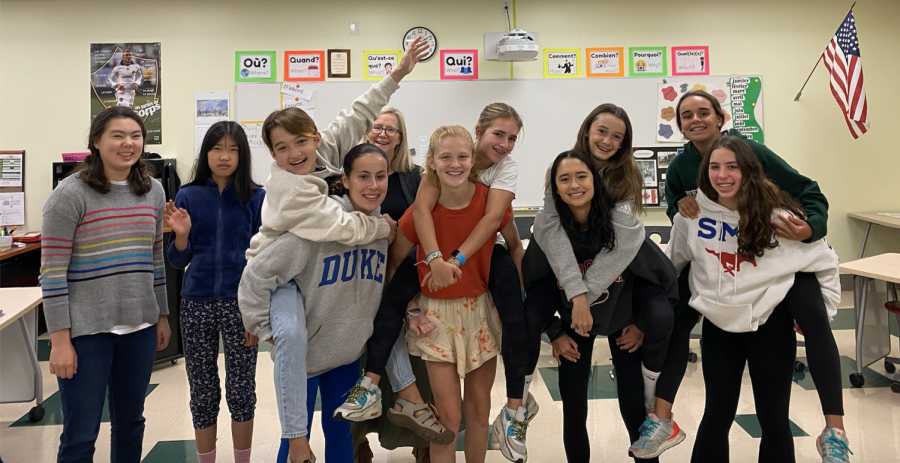In-Depth: Are Homerooms Really Based on Common Interest?
Homerooms are supposed to be fun, but how can students have fun in a homeroom with no friends? Luckily when it comes to homerooms at Westminster, only a few students will ever be in this position because a lot of thought and care goes into creating cohesive homeroom groups.
At the end of every school year, Director of Student Life Reverend Tina McCormick sends a survey out to students which will be the main decider for homerooms when students return in August. Students carefully fill out the form, hoping they’ll end up with friends. As the days and weeks count down to the first day of school, students feel the anticipation building as to whom they’ll end up in homeroom with. Unfortunately, some students will walk into homeroom for the first time and see few to no friends. Likewise, many students in a homeroom with a handful of friends notice a few outliers in their group. This situation leads many students to question the process. Are homerooms really based on shared interests?
The process from start to finish takes a lot of work, but this work goes into making a place where students can bond and have fun with each other. The forming of homerooms starts with a survey constructed by McCormick. When students open the form, a list of activities appears before them; from there, they list their top three favorite activities. Then McCormick and the Grade Chairs place everyone in his or her first choice before making a few adjustments. They make these adjustments to keep a reasonable number of students per advisor and ensure that all students have at least one person in their homeroom who seems to be their friend. However, because of these adjustments, some students will receive their second or third choice for homeroom interest.
How does McCormick’s team know which students are friends? Well, not only do the Grade Chairs give their knowledge about which students are friends, but so do the other teachers. This contribution almost ensures every student will have a friend in his or her homeroom. However, in the rare case a student isn’t able to mesh with a homeroom, a change is possible. Again, this situation is rare and extremely unlikely to happen, especially since many eyes are looking over the homeroom lists.
Overall, the very detailed homeroom process goes far beyond just placing students by interest. Catherine Zidow, the 8th-grade girls’ Grade Chair, is pleased with the amount of work Westminster does when it comes to these homeroom groups. “I have never been at a school that cares this much; I’m proud of the effort we put in,” she says.
There’s truly a lot that goes on behind the scenes when it comes to these homeroom groups. To answer the question of whether homerooms are really based on common interests, the answer is yes. However, interest isn’t the only decider; Westminster considers the entire student when placing him or her in a group, not just answers on a survey.


